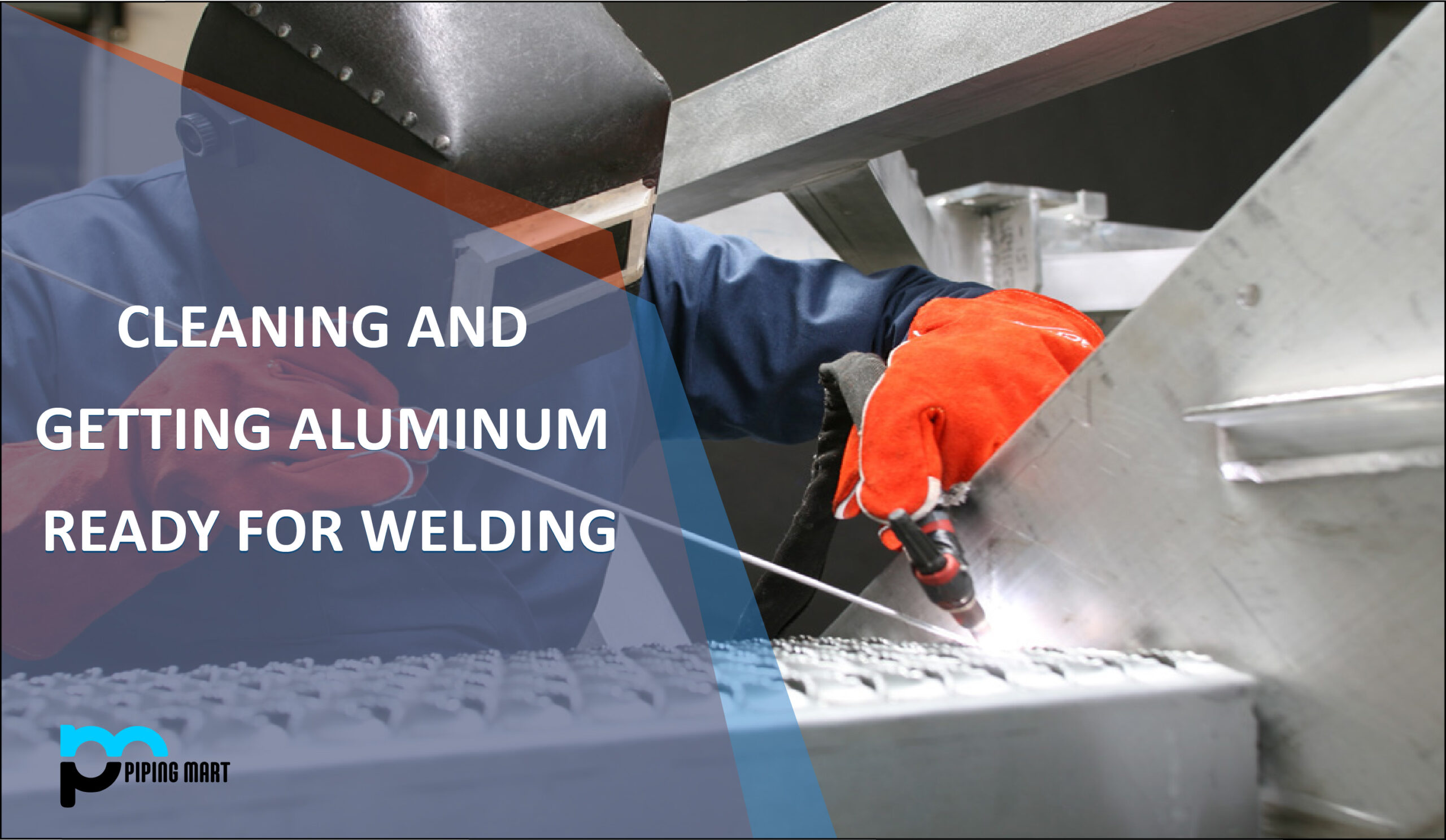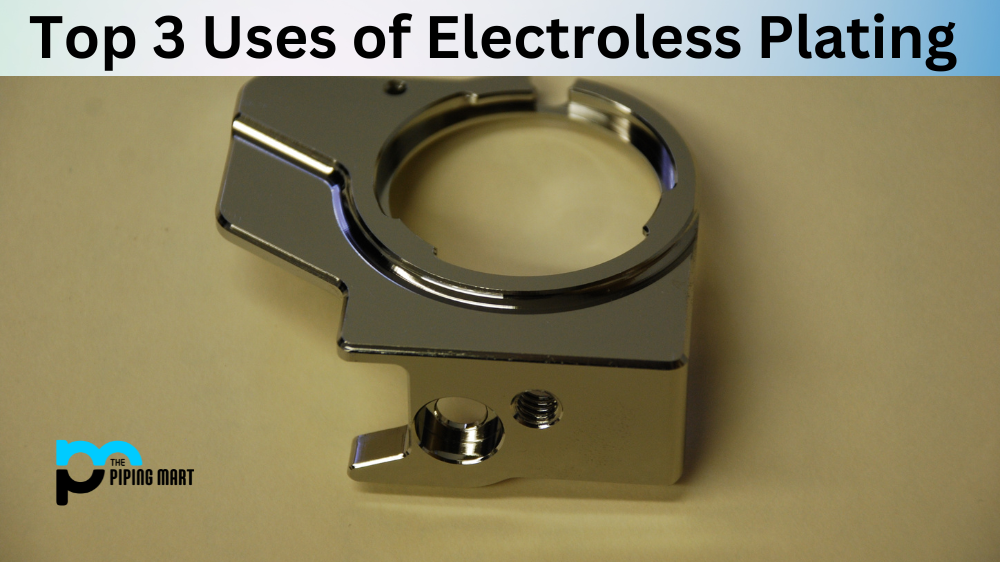Anyone who has dealt with Aluminium knows the numerous difficulties in welding. Aluminium can be challenging to weld adequately compared to other metals like steel; without experience, the end product might be subpar. It is crucial that you carefully clean and prepare your metal workpiece before you begin welding because of this.
Aluminium has a high strength-to-weight ratio, is very easy to work with, is incredibly formable, and can take on various shapes. Because there are so many various alloys on the market today, including expensive speciality alloys that are still being researched, there is a huge range of what manufacturers can do with Aluminium.
What Challenges Are Posed When Welding Aluminium?
Aluminium requires cleaning before welding, which is one of the difficulties. Cleaning is a crucial phase in the process but is by no means the sole factor to consider because dirt or other impurities can negatively affect the weld.
The truth is that Aluminium is tough to weld because of the very characteristics that make it so simple to deal with. In contrast to other metals, especially steel, Aluminium has a lower melting point. When they add this element to Aluminium’s thermal conductivity characteristics, it becomes simple for a novice welder to burn through the workpiece. Because Aluminium is a soft metal, if they’re not careful during the welding process, the feeder wire may get twisted in the feeder.
Another significant disadvantage is that the weld-affected area is probably weaker than the original metal after welding. People who are more accustomed to welding steel or other similar metals frequently believe that an Aluminium weld will be equally robust once it is complete. This is typically not the case because an Aluminium alloy that cannot be heated will likely have undergone cold work to harden it. That indicates that it will soften to its initial state after welding, just as it does after annealing.
On the other hand, you run into different issues when working with heat-treated Aluminium. The metal will be heated to a far greater temperature during welding than during the initial heat treatment procedure. This implies that any mechanical qualities that the Aluminium acquired through heat treatment will be lost.
In the end, these difficulties are not insurmountable. They must use good welding techniques and ensure they have the appropriate materials for the job. While some alloys are impossible to weld, others won’t be all that challenging if they know what they’re doing.
How To Clean Your Aluminium Before Welding?
Once they are comfortable with the fundamentals of welding Aluminium, they should get started by thoroughly cleaning the metal. Grease and oxide removal are the two basic cleaning procedures for Aluminium before welding.
The metal that will be welded must, first and foremost, be free of any grease or oil. This is because any impurities in the Aluminium could affect the weld and cause flaws. A metal surface may appear clean to the unaided eye, but there may very well be oil, grease, or other liquids that a quick wipe won’t be able to remove. Many individuals will use a rag or brush to wipe the metal off, but doing so won’t eliminate the grease; it can even spread it about and worsen the problem.
They need to use a liquid degreaser to ensure they’ve got all the grease and oil off. These can be divided into two groups: mild alkaline solutions and organic solvents. Acetone, methyl ethyl ketone, lacquer thinner, and toluene are a few effective examples. Alcohol, which is a poor degreaser, and vapour degreasers, which produce volatile chemicals, are two substances that should be avoided.
Apply the selected solvent with a lint-free cloth to the metal surface, then wait for the liquid to evaporate before putting any pieces together. Similarly, avoid adding solvent to a weld joint that has already been assembled. The components to be welded may need to be completely submerged in some alkaline solutions. If so, waiting until the metal has dried entirely before starting the weld is crucial.
The moment has come to concentrate on any oxides after the grease and oil have been eliminated. Oxides must be physically stripped off the Aluminium’s surface to be removed. It may be as simple as using a wire brush, but you must ensure it is clean (using an oily brush will negate the purpose), and it is best to use brushes explicitly made for Aluminium. Additionally, a soft-bristled brush is preferred over a heavy one because the latter is more likely to burnish any oxide than to remove it.
Chemical eradication is another choice. Alkaline solid solutions are an excellent option for this procedure. They should probably totally submerge the work parts in the solution. Applying oxide-removal solutions with a spray bottle is another option. It’s crucial to utilize these solutions cautiously because they frequently contain hydrofluoric acid or are phosphoric acid-based.
Regardless of their method, they must wait long enough for the metal to dry thoroughly after cleaning it. Don’t wait too long because it just takes a few hours for grease and other contaminants in the air to adhere to your workpiece. You must start the cleaning process afresh if more than a day or two have passed.
How To Clean And Prepare Aluminium For Welding?
Anyone who has dealt with Aluminium knows the numerous difficulties in welding. Aluminium can be challenging to weld adequately compared to other metals like steel; without experience, the end product might be subpar. It is crucial that you carefully clean and prepare your metal workpiece before you begin welding because of this.
Aluminium has a high strength-to-weight ratio, is very easy to work with, is incredibly formable, and can take on various shapes. Because there are so many various alloys on the market today, including expensive speciality alloys that are still being researched, there is a huge range of what manufacturers can do with Aluminium.
What Challenges Are Posed When Welding Aluminium?
Aluminium requires cleaning before welding, which is one of the difficulties. Cleaning is a crucial phase in the process but is by no means the sole factor to consider because dirt or other impurities can negatively affect the weld.
The truth is that Aluminium is tough to weld because of the very characteristics that make it so simple to deal with. In contrast to other metals, especially steel, Aluminium has a lower melting point. When they add this element to Aluminium’s thermal conductivity characteristics, it becomes simple for a novice welder to burn through the workpiece. Because Aluminium is a soft metal, if they’re not careful during the welding process, the feeder wire may get twisted in the feeder.
Another significant disadvantage is that the weld-affected area is probably weaker than the original metal after welding. People who are more accustomed to welding steel or other similar metals frequently believe that an Aluminium weld will be equally robust once it is complete. This is typically not the case because an Aluminium alloy that cannot be heated will likely have undergone cold work to harden it. That indicates that it will soften to its initial state after welding, just as it does after annealing.
On the other hand, you run into different issues when working with heat-treated Aluminium. The metal will be heated to a far greater temperature during welding than during the initial heat treatment procedure. This implies that any mechanical qualities that the Aluminium acquired through heat treatment will be lost.
In the end, these difficulties are not insurmountable. They must use good welding techniques and ensure they have the appropriate materials for the job. While some alloys are impossible to weld, others won’t be all that challenging if they know what they’re doing.
How To Clean Your Aluminium Before Welding?
Once they are comfortable with the fundamentals of welding Aluminium, they should get started by thoroughly cleaning the metal. Grease and oxide removal are the two basic cleaning procedures for Aluminium before welding.
The metal that will be welded must, first and foremost, be free of any grease or oil. This is because any impurities in the Aluminium could affect the weld and cause flaws. A metal surface may appear clean to the unaided eye, but there may very well be oil, grease, or other liquids that a quick wipe won’t be able to remove. Many individuals will use a rag or brush to wipe the metal off, but doing so won’t eliminate the grease; it can even spread it about and worsen the problem.
They need to use a liquid degreaser to ensure they’ve got all the grease and oil off. These can be divided into two groups: mild alkaline solutions and organic solvents. Acetone, methyl ethyl ketone, lacquer thinner, and toluene are a few effective examples. Alcohol, which is a poor degreaser, and vapour degreasers, which produce volatile chemicals, are two substances that should be avoided.
Apply the selected solvent with a lint-free cloth to the metal surface, then wait for the liquid to evaporate before putting any pieces together. Similarly, avoid adding solvent to a weld joint that has already been assembled. The components to be welded may need to be completely submerged in some alkaline solutions. If so, waiting until the metal has dried entirely before starting the weld is crucial.
The moment has come to concentrate on any oxides after the grease and oil have been eliminated. Oxides must be physically stripped off the Aluminium’s surface to be removed. It may be as simple as using a wire brush, but you must ensure it is clean (using an oily brush will negate the purpose), and it is best to use brushes explicitly made for Aluminium. Additionally, a soft-bristled brush is preferred over a heavy one because the latter is more likely to burnish any oxide than to remove it.
Chemical eradication is another choice. Alkaline solid solutions are an excellent option for this procedure. They should probably totally submerge the work parts in the solution. Applying oxide-removal solutions with a spray bottle is another option. It’s crucial to utilize these solutions cautiously because they frequently contain hydrofluoric acid or are phosphoric acid-based.
Regardless of their method, they must wait long enough for the metal to dry thoroughly after cleaning it. Don’t wait too long because it just takes a few hours for grease and other contaminants in the air to adhere to your workpiece. You must start the cleaning process afresh if more than a day or two have passed.

Pipingmart is B2B portal specializes in industrial, metal and piping products. Also, share latest information and news related to products, materials and different types grades to help business dealing in this industry.




